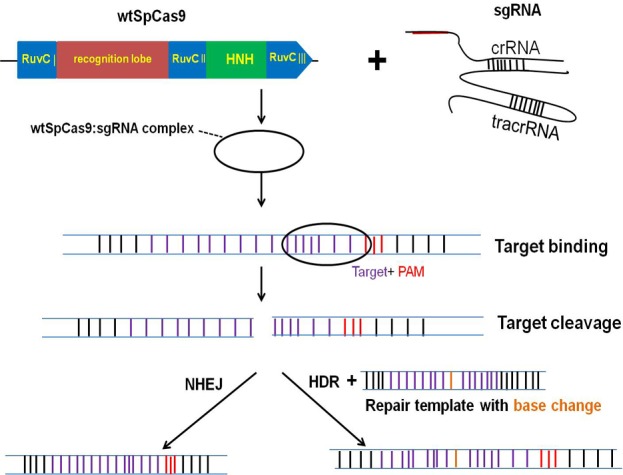Figure 1. The CRISPR/Cas9 system for genome engineering. The CRISPR is composed of two major components including a CRISPR-associated endonuclease (Cas9) and a single guide RNA (sgRNA).

The Cas9 from S. pyogenes (wt SpCas9) is shown in this figure as it is the most widely used in genome editing nowadays. After wt SpCas9 and sgRNA form a riboprotein complex, they can bind any genomic sequence with a protospacer adjacent motif (PAM), directing DNA double-strand breaks (DSBs) at the target site. DSBs are then repaired by either non-homologous end-joining (NHEJ) or homology-directed repair (HDR) pathway.
